The small block Chevy engine has been a popular choice among car enthusiasts for decades. Its simple yet powerful design has made it a favorite among hot rodders and racers alike. However, with so many different variations over the years, it can be challenging to identify which specific engine you have under the hood. Learning how to identify your small block Chevy engine is essential for maintenance, repairs, and upgrades.
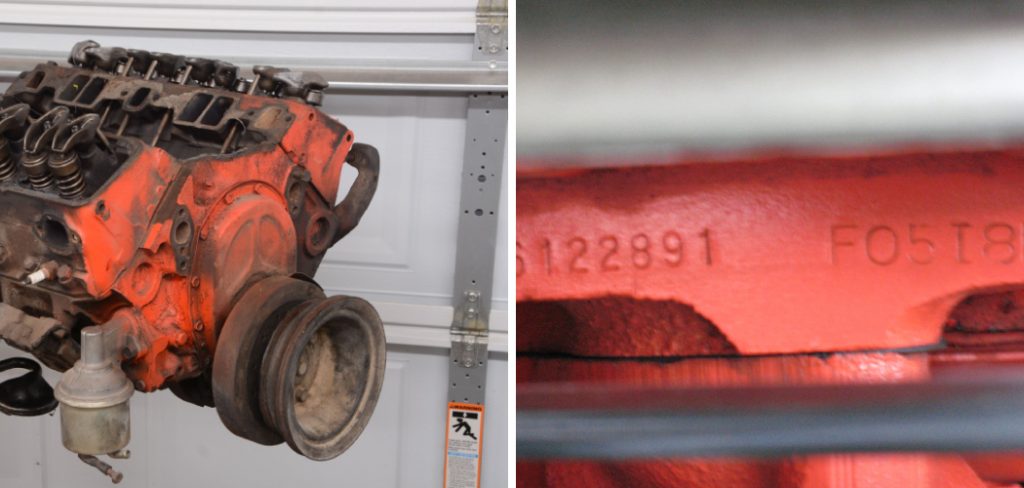
The main advantage of knowing to identify small block chevy engine is that it gives you the ability to determine the specific type and size of engine used in a vehicle. This information can be crucial when performing repairs or upgrades, as different engines may require different parts and procedures. You can find step-by-step instructions on how to identify small block chevy engine in this blog article.
Step-by-step Instructions for How to Identify Small Block Chevy Engine
Step 1: Inspect the Logos
As always, the first step in identifying a small block Chevy engine is to look for any logos or marks that may be present on the engine. These logos can usually be found on the valve covers, air cleaner, or intake manifold.
Step 2: Check the Casting Number
The casting number can provide valuable information about a small block Chevy engine. It is usually located on the engine block, and can be found by looking for a series of numbers and letters. These numbers can help you determine the year, size, and model of the engine.
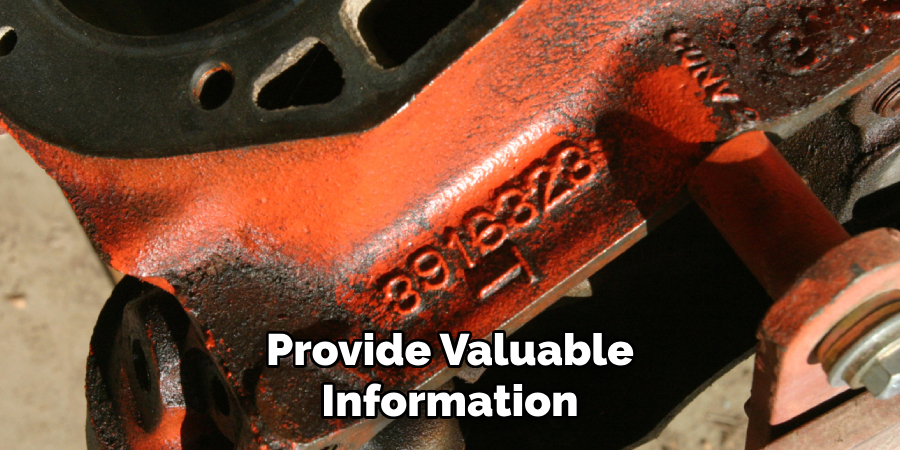
Another important factor in identifying a small block Chevy engine is to measure the bore size. This can be done by using a ruler or caliper to measure the diameter of one of the cylinder bores. The bore size can help determine the engine’s displacement.
Step 3: Count the Bolts on the Valve Covers
Small block Chevy engines have either four or six bolts on their valve covers, and this can be used to identify which type of small block engine it is. Four-bolt valve covers are typically found on high-performance engines, while six-bolt valve covers are more commonly found on standard engines.
The location of the distributor can also provide clues to identifying a small block Chevy engine. Early models may have the distributor in front of the intake manifold, while later models have it at the rear.
Step 4: Look for the Fuel Pump Pushrod
The fuel pump pushrod can also help determine the type of small block Chevy engine. If it is located at the center of the engine, it is most likely a standard small block. However, if it is offset towards the driver’s side, it could be a high-performance engine.
Measuring the crankshaft flange can also provide information about a small block Chevy engine. Standard small blocks have a 3-inch flange diameter, while high-performance engines have a 3.5-inch diameter.
Step 5: Check for Rear Main Seal Design
The design of the rear main seal can also help identify a small block Chevy engine. Early models have a two-piece seal, while later models have a one-piece seal. This can also affect the type of crankshaft used in the engine.
Some small block Chevy engines may have external accessories that can help narrow down its model or year. These can include the water pump, alternator, and power steering pump.
Step 6: Seek Professional Help
If you are still having trouble identifying a small block Chevy engine, it is always best to seek professional help. A mechanic or automotive expert can provide accurate and reliable information about the engine based on its physical characteristics and other identifying features.
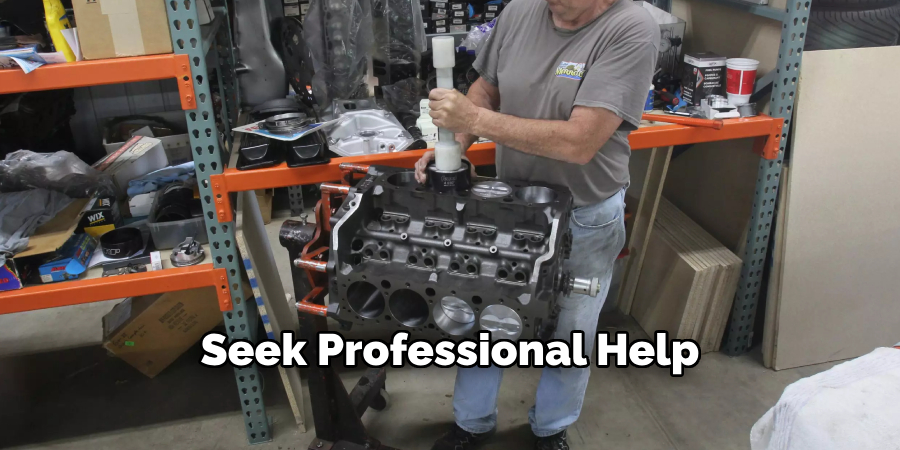
By following these step-by-step instructions, you can successfully identify a small block Chevy engine and gain a better understanding of its history and specifications. Remember to always consult with a professional if you have any doubts or questions about the identification process.
Safety Tips for How to Identify Small Block Chevy Engine
- Keep the environment clean and organized while working on your engine. This will prevent any accidents or mishaps.
- Always make sure to wear protective gear such as gloves, goggles, and a face mask when dealing with an engine.
- Before starting any work on the engine, disconnect the battery to avoid any electrical mishaps.
- Use proper tools and equipment for each task. Do not use any makeshift tools as they can cause damage to the engine or be dangerous for you.
- Follow the manufacturer’s guidelines and instructions while working on your engine. This will ensure that you are doing things correctly and safely.
- Use a hoist or support stand when removing the engine from the vehicle. Trying to do it alone can be dangerous and may cause injury.
- Regularly check and maintain your engine to prevent any potential hazards or issues. Keeping it in good condition will also ensure its longevity.
In addition to these safety tips, it is also important to have a basic understanding of the parts and components of a small block Chevy engine. This includes knowing how to identify different parts, such as the cylinder heads, pistons, and crankshaft, and understanding their functions within the engine.
Importance of Identifying Small Block Chevy Engine
1. Improves Efficiency
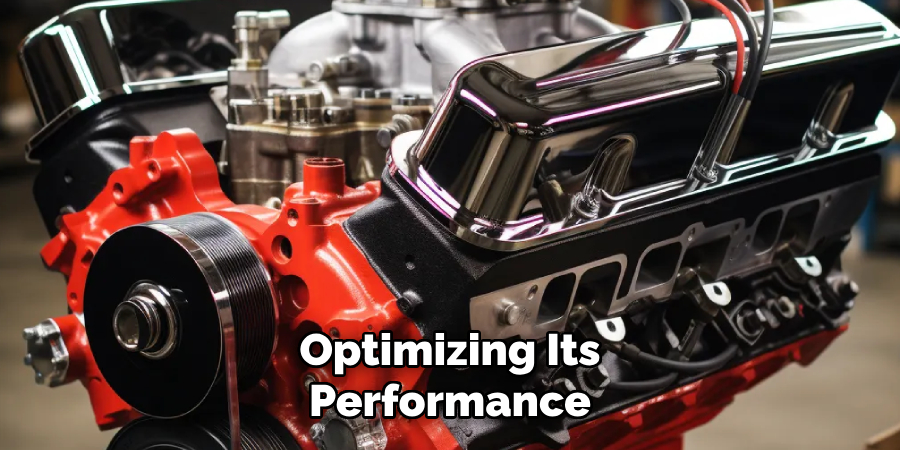
Identifying the correct engine size, part number and specifications of your small block Chevy engine is crucial for optimizing its performance and efficiency. By knowing exactly what type of engine you have, you can properly match it with the right parts and accessories to ensure it runs smoothly and efficiently.
2. Ensures Proper Maintenance
When you know the specifics about your small block Chevy engine, you can easily reference the correct maintenance schedule and perform necessary tune-ups and repairs. This will help prolong the lifespan of your engine and prevent any potential damages or breakdowns.
3. Facilitates Engine Upgrades
Identifying your small block Chevy engine allows you to determine its capabilities and limitations, which is essential when considering upgrades or modifications. By knowing the engine’s size and specifications, you can easily choose the right parts and upgrades that will enhance its performance without causing any damage or compatibility issues.
4. Prevents Incompatibility Issues
Using the wrong parts or accessories on your small block Chevy engine can lead to serious compatibility issues that can result in costly repairs. By accurately identifying your engine, you can avoid this issue and ensure that all the parts and accessories you use are compatible with your engine’s specifications.
5. Enables Proper Diagnosis of Problems
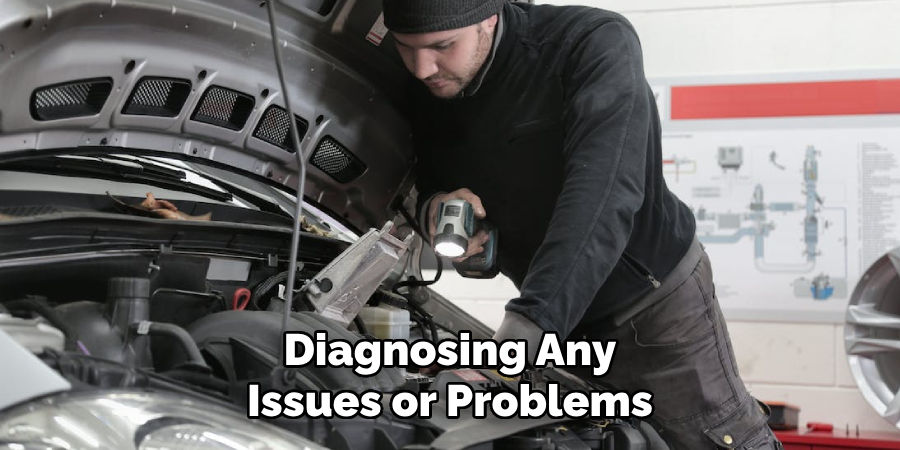
Knowing the specific details about your small block Chevy engine can greatly aid in diagnosing any issues or problems it may be experiencing. This information allows mechanics and technicians to pinpoint the exact cause of the problem and provide appropriate solutions, saving time and money on unnecessary repairs.
6. Ensures Safety
Using the wrong parts or accessories on your small block Chevy engine can not only cause performance issues but also pose a safety hazard. By correctly identifying your engine, you can ensure that all the components are working together properly and reduce the risk of any accidents or malfunctions while driving.
7. Increases Resale Value
If you ever decide to sell your vehicle, having the correct identification of your small block Chevy engine can greatly increase its resale value. Prospective buyers will feel more confident in purchasing a car with a properly identified and maintained engine, knowing that it has been well taken care of and performs at its best.
Having an accurate identification of your small block Chevy engine is essential for various reasons. Not only does it improve efficiency and facilitate maintenance, but it also prevents compatibility issues and ensures safety. It also allows for easier upgrades and can increase the resale value of your vehicle.
Techniques for Identifying Small Block Chevy Engine
1. Visually Inspect the Engine
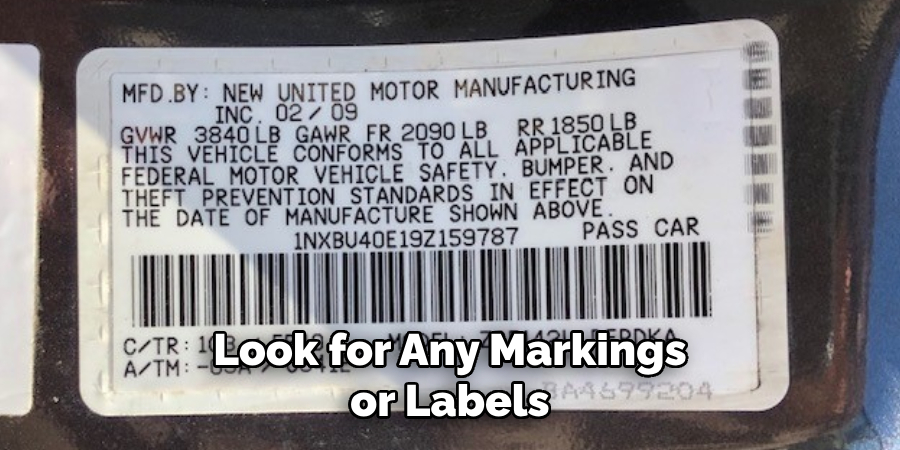
Performing a visual inspection is the first step to identifying a small block Chevy engine. Look for any markings or labels on the engine that may indicate its type. You can also check for the size of the cylinders and valve cover shape, as these are key identifiers.
2. Check the Casting Numbers
Casting numbers are unique to each engine model and can be found on the engine block, cylinder heads, and intake manifold. These numbers can help identify the specific year, horsepower rating, and original application of the engine.
3. Measure the Bore and Stroke
Bore refers to the diameter of the cylinders while stroke is the distance that the piston travels up and down within the cylinder. Measuring these dimensions can help determine the engine’s displacement and narrow down its model.
4. Look at the Distributor Location
The location of the distributor on a small block Chevy engine can also provide clues to its type. Early models had a front-mounted distributor, while later models had a rear-mounted one. Additionally, high-performance engines may have a dual point or electronic ignition system.
5. Examine the Spark Plugs
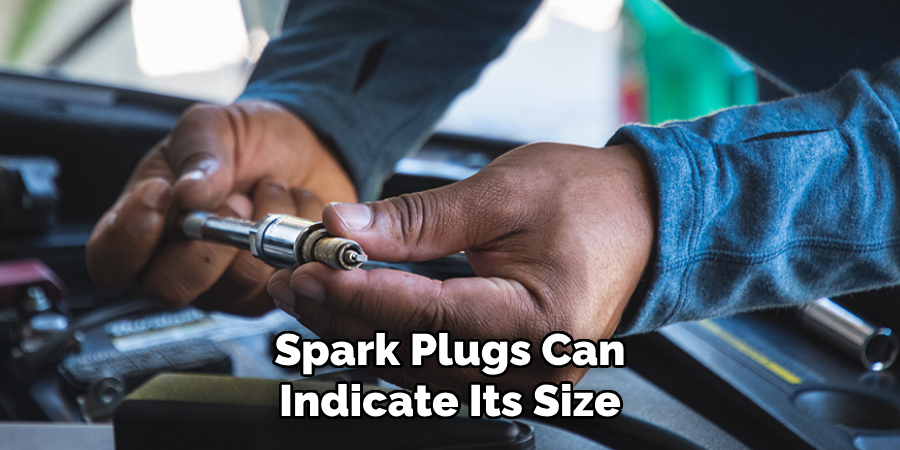
The spark plugs can also reveal important information about a small block Chevy engine. The number and placement of the spark plugs can indicate its size and horsepower rating. High-performance engines may also have different types of spark plugs.
6. Identify the Intake Manifold
The intake manifold is another key component that can help identify a small block Chevy engine. Different models have specific intake patterns and bolt hole configurations, which can be compared to reference materials to determine the exact model.
7. Consult Reference Materials
If identification is still uncertain after examining the physical components of the engine, consulting reference materials can provide additional information. These can include books, websites, or even knowledgeable individuals who specialize in small block Chevy engines.
8. Consider Hiring a Professional
If all else fails, it may be best to hire a professional mechanic or engine builder to identify your small block Chevy engine. They have the expertise and tools necessary to properly identify the engine and can provide accurate information on its size, model, and any potential modifications.
By following these techniques, you can successfully identify a small block Chevy engine and gain a better understanding of its specifications and capabilities. Whether you’re looking to restore a classic car or upgrade your vehicle’s performance, knowing the exact type of engine is crucial for achieving the desired results.
Are There Any Common Modifications or Aftermarket Parts to Look for When Identifying a Small Block Chevy Engine?
While there are many factors to consider when identifying a small block Chevy engine, it’s also important to keep an eye out for any modifications or aftermarket parts that may have been added. These can affect the engine’s performance and overall value. Some common modifications and aftermarket parts include:
- Performance camshafts
- High-flow cylinder heads
- Aftermarket intake manifolds
- Upgraded carburetors or fuel injection systems
- Bigger bore and higher compression pistons
- Forced induction systems (turbochargers or superchargers)
These modifications should not necessarily deter you from purchasing a specific engine, but they are important to note as they can impact the overall identification process. Additionally, if you’re looking for a specific type of engine for a project or build, knowing if it has any performance upgrades can be beneficial. It’s also important to consider the cost of these aftermarket parts and modifications, as they can significantly increase the price of the engine.
Are There Any Common Issues or Problems to Watch Out for When Identifying a Small Block Chevy Engine?
There are several common issues or problems that should be kept in mind when identifying a small block Chevy engine. These include:
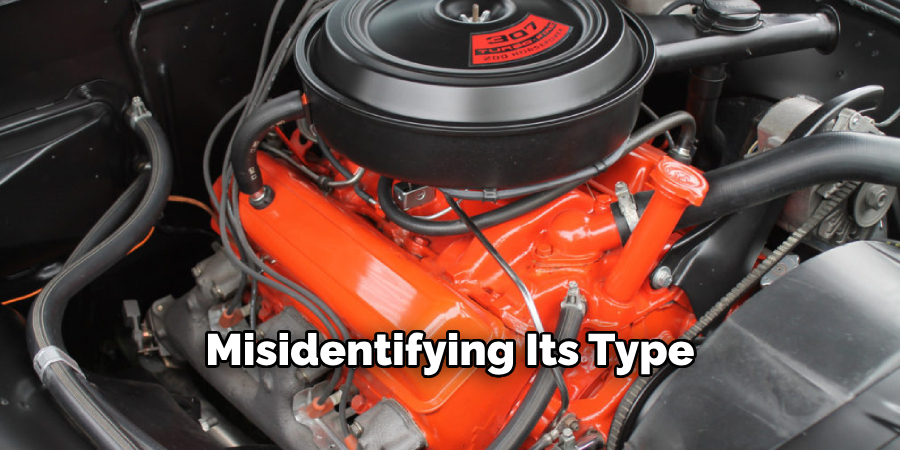
- Misidentification of the Engine Type: One of the most common mistakes made when identifying a small block Chevy engine is misidentifying its type. This can happen due to similar-looking parts or casting numbers, leading to confusion between different generations of engines.
- Incorrect Engine Code Numbers: Another issue that often arises is incorrect or mismatched engine code numbers. These numbers are vital in identifying the exact year, model, and specifications of a small block Chevy engine, so any discrepancies can lead to inaccurate identification.
- Aftermarket Modifications: Many owners choose to modify their engines with aftermarket parts and upgrades, which can make it challenging to identify the original engine type. It’s essential to thoroughly examine all parts and check for any modifications that may have been made.
- Rust or Corrosion: Small block Chevy engines are known for their durability, but they can still succumb to rust or corrosion over time. This can make it difficult to read or decipher important identification numbers or codes on the engine.
- Incomplete or Missing Parts: Another common issue when identifying a small block Chevy engine is missing or incomplete parts. This can happen due to wear and tear, damage, or previous owner modifications, making it challenging to accurately determine the engine’s type and specifications.
To avoid these issues, it’s crucial to have a thorough understanding of the different generations and variations of small block Chevy engines, as well as being meticulous in examining all parts and codes on the engine. When in doubt, seeking the help of a professional mechanic or using online resources can also aid in accurately identifying a small block Chevy engine.
Is There a Specific Way to Identify the Year of Manufacture for a Small Block Chevy Engine?
The year of manufacture for a small block Chevy engine can be identified in several ways. One way is to check the engine block casting number, which is usually found on the side or rear of the engine block. This number can then be cross-referenced with online databases or reference books to determine the year of manufacture.
Another method is to find the engine date code, which is typically located on the front pad of the engine block near the water pump. This code consists of a letter followed by three or four numbers, with the first letter indicating the month and the following numbers representing the day and year of manufacture.
Another way to identify the year of manufacture for a small block Chevy engine is to look at the vehicle identification number (VIN). The VIN can usually be found on the driver’s side dashboard or door jamb and contains a 17-digit code. The 10th digit in the VIN represents the year of manufacture, with letters representing years before 2000 and numbers representing years after 2000.
It is important to note that these methods may not always provide accurate results, as engines can be swapped or replaced over the years. In these cases, it may be necessary to consult with a mechanic or expert in order to accurately determine the year of manufacture for a small block Chevy engine.
Conclusion
In conclusion, identifying a small block Chevy engine is not an impossible task. With the right knowledge and resources, it can be done with relative ease. It is important to first understand the basic characteristics of a small block Chevy engine, such as its displacement, cylinder head design, and valve train configuration. From there, you can use various methods to further narrow down your search for identification. This can include referencing engine codes and casting numbers, as well as visually inspecting key components such as the distributor location and water pump shape.
It is important to note that there may be variations within small block Chevy engines due to different model years and modifications made by previous owners. Therefore, it is always recommended to gather as much information and cross-reference before making a final identification. I hope reading this post has helped you learn how to identify small block chevy engine. Make sure the safety precautions are carried out in the order listed.

About
JeepFixes Team is a skilled author for Jeep Fixes, bringing 6 years of expertise in crafting a wide range of jeep fixes. With a strong background in jeep fixes work, JeepFixes Team’s knowledge spans various types of fixtures, from decorative pieces to functional hardware, blending precision with creativity. His passion for jeep fixes and design has made him a trusted resource in the industry.
Professional Focus:
Expert in Jeep Fixes : JeepFixes Team aesthetic specializes in creating durable and innovative jeep fixes, offering both appeal and functionality. His work reflects a deep understanding of jeep fixes techniques and materials.
Sustainability Advocate : He is dedicated to using sustainable practices, ensuring that every fixture is crafted with eco-friendly methods while maintaining high-quality standards.
In his writing for jeep fixes, JeepFixes Team provides valuable insights into the latest trends, techniques, and practical advice for those passionate about jeep fixes, whether they are professionals or DIY enthusiasts. His focus on combining artistry with engineering helps others discover the true potential of jeep in design.
